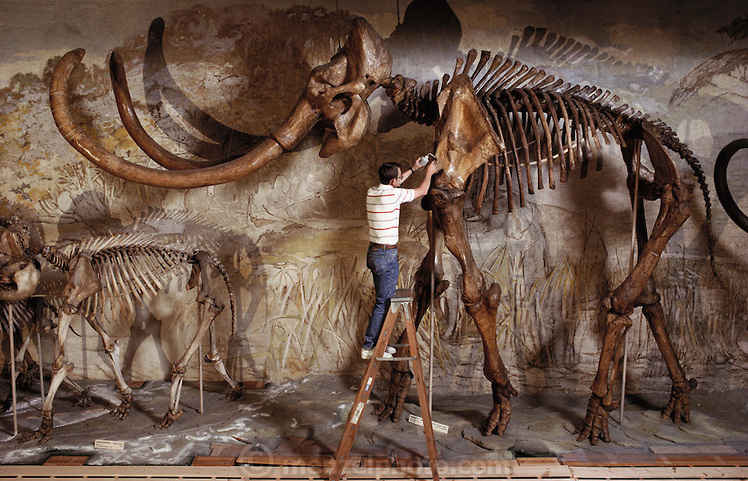Footnotes
To some, Thomas Jefferson is the infallible scribe who drafted the Declaration of Independence. To others, he’s a skilled propagandist and a world-class hypocrite. Amid our patriotism and all the hype for Hamilton, it’s easy to overlook the other things Jefferson was famous for. You see, he had another lesser-known title: The Father of Paleontology.

Thomas Jefferson was a paleontologist before there was really a word for it. His interest in old bones was an extension of his passion for writing down everything he saw in the natural world, especially when it came to the mostly unexplored American continent. His collected work would eventually be published as Notes on the State of Virginia, and these writings played a huge role in halting a fast-growing impression of America as a land of sickly, weak people and wildlife.

Jefferson drew from Notes on the State of Virginia to refute the degeneracy theory, referencing animals like the black bear, the puma, and the moose. Out of all his examples though, none sold his argument better than an American elephant. An animal he called the “mammoth.”
Jefferson’s mammoth was several tons heavier than any known species of elephant at the time, proving that America was no land of pushovers. But rather than being hailed as a champion of American vigor, Jefferson was ridiculed by his own people. Political rivals pounced on his love of old bones, saying he’d rather dig in the dirt than lead his countrymen.
Jefferson hoped to silence some of the naysayers when he later discovered the bones of what he presumed to be a massive American predator: a giant animal with 8-inch claws.
Jefferson had hoped for a lion or bear, but alas, his fearsome monster was none other than a giant sloth.
The blunder would haunt Jefferson for the rest of history, and today when people associate Jefferson with paleontology, it’s the story of the megalonyx that usually comes up first. Notes on the State of Virginia remains Jefferson’s greatest scientific achievement, all the more impressive because he had no formal training, but most people have never heard of it.
Sources:
Thomas Jefferson: Paleontologist. Thomas O. Jewett. Archiving Early America.
Jefferson’s Old Bones. Keith Thomas.
Jefferson, Buffon, and the Moose. Keith Thomas.
The Dark Side of Thomas Jefferson. Henry Wiencek.
Megalonyx – Gentle Giant of the Ice Age. Dr. Marcus Ross.
Museum Management:
Museum theme by Michael Guy Bowman
Listen to more at: bowman.bandcamp.com
Rachel: Designer #UkuleleWitch @rachelvice
Tour Guide: Emery Coolcats
Twitter: @natmysterycast | Email: natmysterypodcast@gmail.com | Home: pome-mag.com/category/pomecast
Museum of Natural Mystery is part of the POMEcast network, and thanks a million to the ladies of POME for helping this show get up and running! But above all, thank you for listening! We’ll see you next time!








